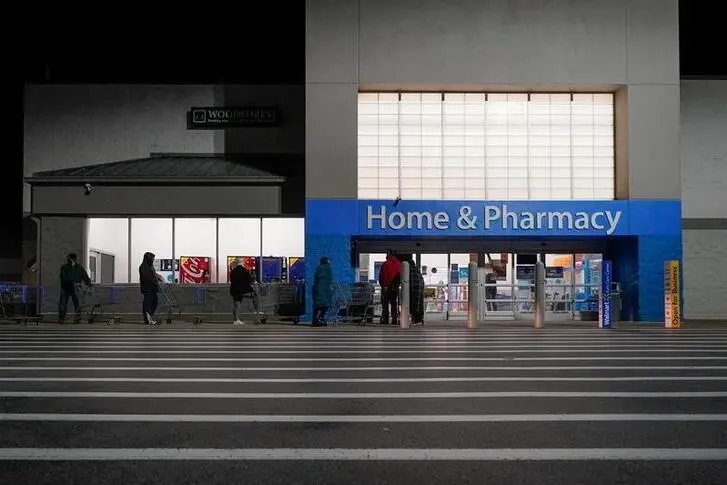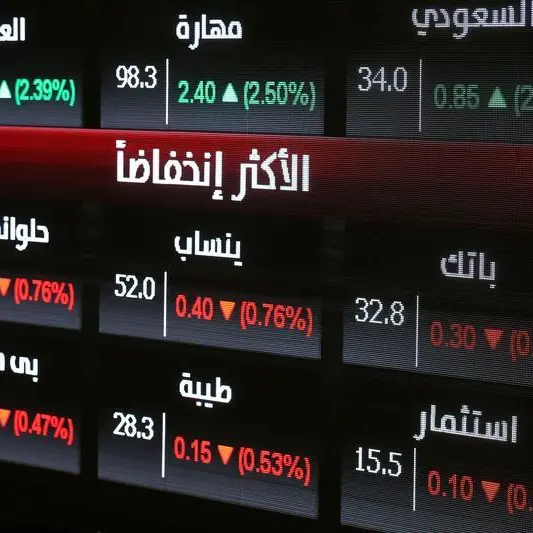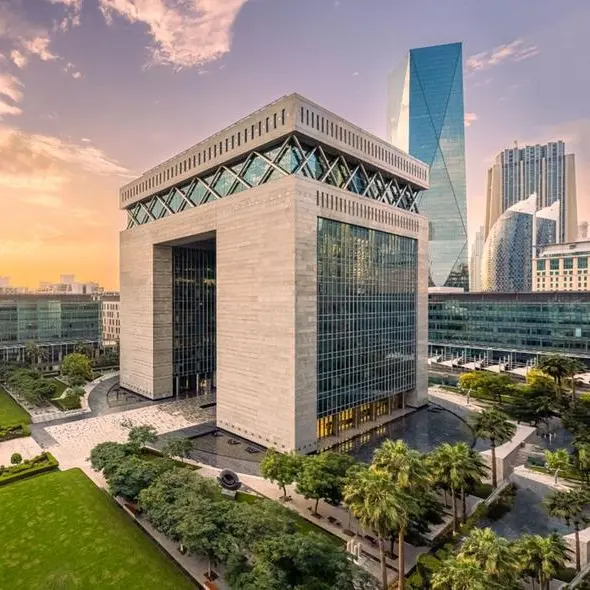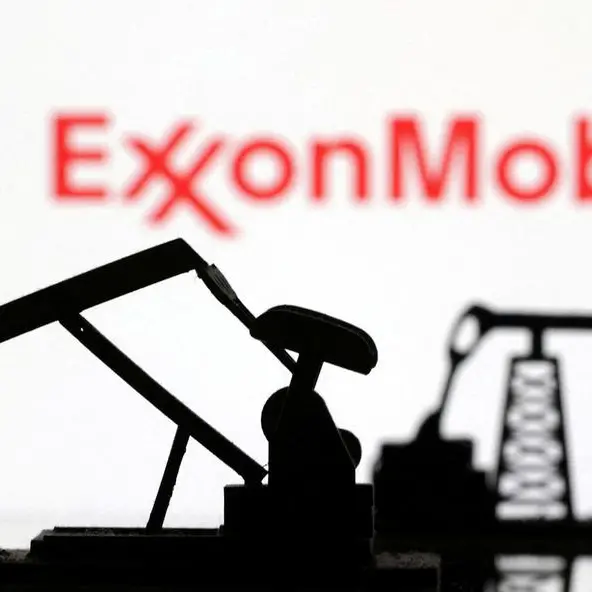PHOTO
WASHINGTON- U.S. retail sales rebounded sharply in January amid a surge in purchases of motor vehicles and other goods, but higher prices could blunt the impact on economic growth this quarter.
Data for December was, however, revised sharply lower, taking some shine off last month's spectacular performance. Still, the report from the Commerce Department on Wednesday showed underlying strength in the economy ahead of anticipated interest rate hikes from the Federal Reserve starting in March.
"The strong rebound in January retail sales, though partly in response to last year's weak finish and inflated by higher prices, suggests consumers still have plenty in the tank to propel the expansion forward this year," said Sal Guatieri, a senior economist at BMO Capital Markets in Toronto. "Rate hikes won't cool their jets for a while, making the Fed's job of driving down inflation that much harder."
Retail sales surged 3.8% last month. Data for December was revised down to show sales declining 2.5% instead of 1.9% as previously reported. Economists polled by Reuters had forecast retail sales would rise 2.0%, with estimates ranging from as low as 0.7% to as high as 4.4%.
Retail sales increased despite consumer sentiment sagging in recent months. The broad increase in sales was led by motor vehicles. Auto sales typically drop in January after the holiday promotional season. The decline last month was probably not as large as in prior years or did not happen because of a lack of supply, caused by a global shortage of semiconductors.
That likely resulted in the seasonal factors, the model used by the government to iron out seasonal fluctuations in data, being more generous than in previous years. Economists expect this boost to fade in March.
AUTO SALES BOUNCE BACK
Retail sales last month were also lifted by higher prices because of shortages amid strained supply chains. Retail sales are mostly made up of goods and are not adjusted for inflation.
Receipts at auto dealerships snapped back 5.7% after dropping 1.6% in December. Sales at electronics and appliance stores increased 1.9%. Receipts at food and beverage stores rose 1.1%. Building materials stores sales surged 4.1%.
But receipts at sporting goods, hobby, musical instrument and book stores fell 3.0%, suggesting consumers were cutting back on discretionary spending likely because of inflation.
Sales at service stations fell 1.3% amid lower gasoline prices. Sales at clothing stores rose 0.7%. Receipts at restaurants and bars dropped 0.9% as COVID-19 infections, driven by the Omicron variant, reduced mobility. Restaurants and bars are the only services category in the retail sales report.
Online retail store sales surged 14.5%.
Excluding automobiles, gasoline, building materials and food services, retail sales soared 4.8% in January. Data for December was revised lower to show these so-called core retail sales falling 4.0% instead of 3.1% as previously reported.
Core retail sales correspond most closely with the consumer spending component of gross domestic product.
With higher prices accounting for part of the increase in sales, inflation-adjusted core retail sales were probably weaker, which could keep consumer spending on a slower growth path at the start of the first quarter.
The so-called real core retail sales are what matter in the measurement of consumer spending growth. Real consumer spending declined 1.0% in December.
Economic growth estimates for the first quarter are mostly below a 2% annualized rate. The economy grew at a 6.9% pace in the fourth quarter. Growth in 2021 was the strongest since 1984.
(Reporting by Lucia Mutikani Editing by Chizu Nomiyama and Paul Simao) ((Lucia.Mutikani@thomsonreuters.com))












